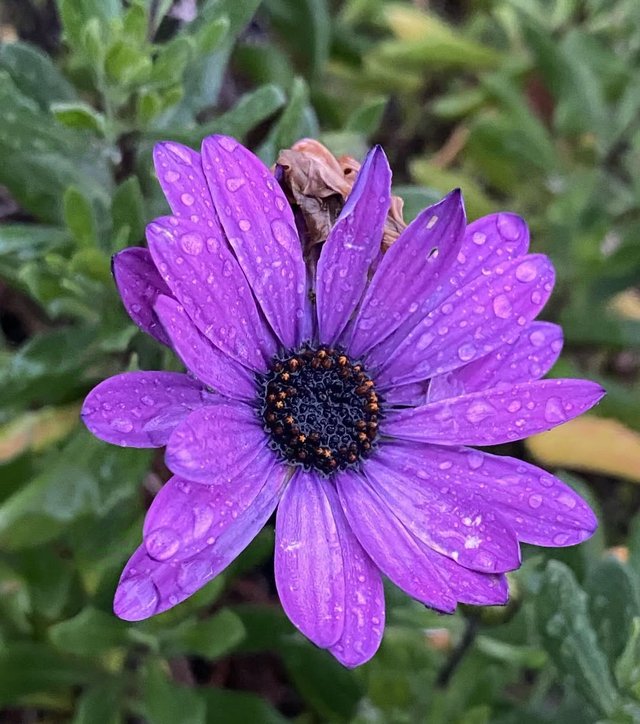So Amazing Cape Marguerite Flower
The Cape Marguerite, scientifically known as Osteospermum, is a stunning flowering plant cherished for its vibrant blooms, versatility, and ease of cultivation. Native to South Africa, the Cape Marguerite is part of the daisy family, Asteraceae, and is often referred to as the African daisy or South African daisy. With its striking appearance and wide range of colors, this plant has become a favorite in gardens around the world.
Botanical Characteristics
The Cape Marguerite is a perennial plant in its native habitat but is often grown as an annual in colder climates. The plant typically grows to about 12–24 inches in height and spreads 18–24 inches wide. Its slender stems bear elongated, green leaves that may have a slightly serrated edge. However, the true showstoppers are its flowers.
The blooms are large and daisy-like, often measuring 2–3 inches in diameter. They come in a dazzling array of colors, including white, purple, pink, blue, yellow, and orange. Many varieties feature bi-colored petals or intriguing patterns, with some even displaying metallic or iridescent hues. The center disc of the flower is often a contrasting color, ranging from dark purple to bright yellow, adding to its visual appeal.
Habitat and Growing Conditions
Cape Marguerite thrives in warm, sunny environments and is well-suited to Mediterranean climates. It prefers well-drained soil and benefits from occasional watering, though it is drought-tolerant once established. The plant does well in garden beds, borders, rock gardens, and containers, making it highly versatile. Its hardiness zones range from 9–11, but with proper care, it can also thrive in cooler regions during the summer months.
Cultivation Tips
Planting: Start Cape Marguerite in spring, after the last frost. Choose a location with full sun for the best blooms.
Soil: Ensure the soil is well-draining and enriched with organic matter. Sandy or loamy soil works best.
Watering: While the plant is drought-resistant, it thrives with consistent but moderate watering. Avoid overwatering, as this can lead to root rot.
Fertilizing: Use a balanced fertilizer every month during the growing season to promote vibrant blooms.
Pruning: Deadhead spent flowers to encourage continuous blooming. Prune leggy stems to maintain a bushy shape.
Propagation: Propagate by seeds, cuttings, or division. Seeds can be sown indoors 6–8 weeks before the last frost for an early start.




Device Information
| Device | Redmi Note 10 Pro |
|---|---|
| Location | Bangladesh |
